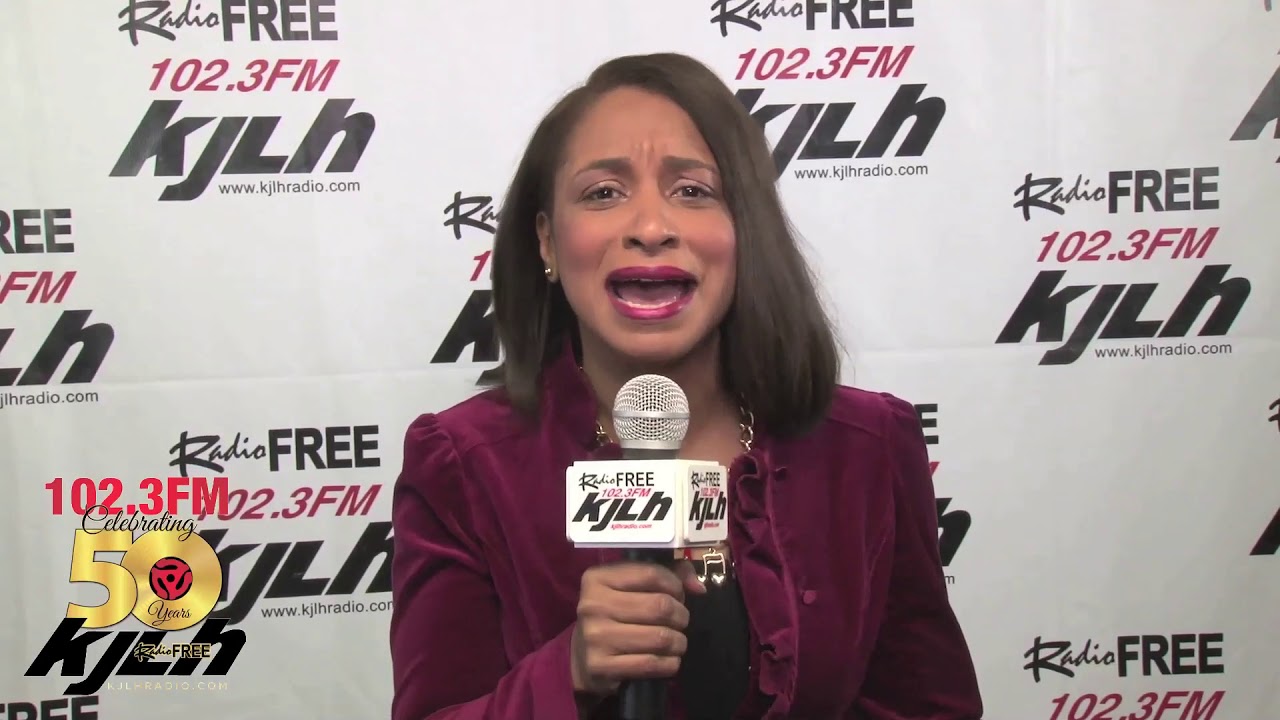
A TV commercial is an advertisement that is shown on television for a product or services. These commercials aim to introduce a brand or new concept to an audience, and to motivate them to take immediate action. They often include a call to action, such as texting a number, requesting information or making a purchase.
Television commercials can be an effective way to advertise your company. However, they must be designed carefully so they are memorable. You will first need to decide what message you want to communicate and create a video that is memorable for your viewers.
On July 1, 1941, the first TV commercial was shown. It was before a game between Philadelphia Phillies and Brooklyn Dodgers. Bulova watches' 20 second spot featured a clock positioned over a map showing the US.
It was a simple, yet effective way to launch a new product. The TV advertising revolution began with the ad.

In the beginning of television, ads were sponsored by one company. Eventually, the TV networks took control and began selling advertising space in segments, with multiple companies sponsoring a single show.
Advertising spots eventually became more costly and the competition for them increased. Advertisers can now pay millions to air a TV commercial during sporting events.
Popular tv commercials
These commercials grab viewers' attention and make them remember the brand or message. This is important because it can lead to sales, organic website traffic, or other positive results for your business.
Prime tv commercials
Prime tv ads that encourage viewers to feel good about themselves, and remind them of their worth, are the best. A positive testimonial can help with this.
Testimonials are a great way for you to reach out to your customers and show how your products have made a difference in their lives. You can use a dramatic story, or lighthearted humor to accomplish this.

Axe deodorant is an excellent example of this with its "Axe effect" TV commercials. This commercial uses humor to show how using the product can affect a person’s personal hygiene.
Apple's Fumble television commercial is another example that shows how simple advertising can be memorable. It has a catchy song and a character that struggles to keep her iPhone safe from falling onto the road.
30-second TV ad
It is still the longest television advertisement, at 30-seconds. It has been proven that these advertisements are more memorable than shorter ones.
Although ad durations have changed, the 30-second spot on TV is still the most popular ad format. This is because older audiences spend more time watching TV than younger ones. Advertisers have the opportunity to take advantage of this demographic by placing these ads in short spots at a variety locations.
FAQ
What are the basics of radio advertising?
Understanding how different media interact with each other is crucial. It is important to understand that all media forms are complementary and not competitive.
Radio is best utilized as an extension to TV advertising. It can reinforce key messages and provide additional information.
Radio listeners are often not able to handle long TV commercials. Radio ads are typically shorter and less costly.
What are the basics of television advertising?
Television advertising is a very effective medium to reach many people at once. It was also expensive. However, it can be powerful if you use the device correctly.
Although there are many types, TV ads share certain common characteristics. The first thing to remember when planning any type of TV ad is to ensure it fits into its category. You shouldn't attempt to make a lifestyle commercial the same as a product ad. Your message should be consistent across the entire campaign.
The second thing to remember is that the best time to air your ads is during prime-time hours. This is because viewers tend to watch TV while sitting down in front the television. You want them to be relaxed enough to focus on your words.
Last but not least, just because you have a lot of money does not mean that you will get great results. Actually, it could be the contrary. A University of California study found that commercials broadcast during popular shows had a lower chance of selling products than those broadcast during less-popular shows. It is important to do the right thing if your TV advertising budget is large.
What is an advert buyer?
Advertising space is purchased by an advertiser on TV, radio and printed media.
Advertisers are charged for the time their message will appear.
They don't necessarily want the best ad, but they are more interested in what is most effective at reaching their target audience.
An advertiser might have details about potential customers, including their age, gender and income.
The advertiser can use this data to determine which medium will work best for them. They might decide direct mail is more effective for older people.
Advertisers also consider the competition. Advertisers will look at the competition to see if similar businesses are nearby.
Advertisers must also take into account the size of their budget as well as the time it will take to spend the money before it expires.
How much does it cost for social media advertising?
If you decide to go this route, you should know that social media advertising is not free. You will be charged monthly based on how much time you spend on each platform.
Facebook - $0.10 for 1,000 impressions
Twitter: $0.20 per 1,000 impressions (if your tweet is on Twitter)
Send out invitations on Linkedin for $0.30 per 1000 impressions
Instagram - $0.50 per 1,000 impressions.
Snapchat - $0.60 for 1,000 impressions ($0.40 Per User)
YouTube – $0.25 per 1000 views
Tumblr $0.15 for 1,000 impressions text posts
Pinterest - $0.05 per 1,000 impressions per month
Google + $0.15-$0.20 Per 1 Million Impressions
Tumblr – $0.15 - $0.20 per 100,000 impressions
Vimeo - $0.20-$0.25 per 10,000 impressions
Soundcloud - $0.20-$0.25 per 1 million plays
StumbleUpon - $0.20 -$0.25 per 1 billion pageviews
Digg - $0.20 - $0.25 per 1000 diggs
Reddit – $0.20-$0.25 Per 1000 Comments
Wordpress - $0.20 to-$0.25 for 500 comments
Flickr - $0.20 -- $0.25 per 5,000 photo uploads
Is there a way to get no cost traffic?
Free traffic refers to traffic which comes directly from organic search results. This type of traffic is called natural or organic traffic. There are many methods to obtain free traffic such as article marketing or social media marketing.
Article Marketing is one of the most popular methods of getting free traffic because articles have an extremely low cost per click (CPC). Paid ads are more expensive than the CPC. Article marketing can also be referred to content marketing.
Social Media Marketing - These social media sites, such as Facebook, Twitter or LinkedIn, allow you to advertise your business. These sites allow you to update, share photos, and develop relationships with people who could become customers. Many businesses choose to buy ad space in social media because they want a wider reach at a reduced price.
Blogging - Blogging is another great way to generate free traffic. If you create quality content that people love to read, visitors will find you. You can start to monetize your blog with the sale of products or services after you have attracted readers.
Email Marketing: Email marketing is a proven method to increase traffic to your website. Regular email marketing is a great strategy to increase your subscribers and ultimately sell something.
How can I choose my target audience
Start with yourself and those close to you. Ask yourself "Who am I trying reach?" if you aren't sure where to start.
Ask yourself these questions. Who are the most influential people within my industry? What problems do they deal with daily? What are their top talents? Where are they located online?
Rewind to the beginning, when your business was founded. Why did you start? What problem did you solve for yourself, and how did you do it?
These answers will help to identify your ideal clients. You'll also learn more about what makes them tick and why they buy from you.
You can also look at your competitors' websites and social media pages to find clues about whom they cater to.
Once you've identified your target customers, you'll need to decide which channel(s) to use to reach them. A website might be created to reach home buyers, for instance, if your business provides services to agents in real estate.
A blog that targets small-business owners could be a possibility if you are a software provider.
You could also create a Facebook account for teens if you sell clothing. For parents who are looking for child-friendly restaurants, you might set up your own Twitter account.
You have many options to convey your message.
What information do you need about internet advertising
Internet advertising is an integral part of any business strategy. It allows companies reach potential customers at a very low cost. There are many types of internet advertising. Some advertising is free and others are paid.
There are many other ways to advertise online. Each method offers its own advantages and disadvantages.
Statistics
- It collects money from the advertisers, keeps 32% for its role in facilitating the process, and the remaining 68% goes to the publisher (you). (quicksprout.com)
- Advertising spending as a share of GDP was about 2.9 percent. (en.wikipedia.org)
- In 1919 it was 2.5 percent of gross domestic product (GDP) in the US, and it averaged 2.2 percent of GDP between then and at least 2007, though it may have declined dramatically since the Great Recession. (en.wikipedia.org)
- Advertising's projected distribution for 2017 was 40.4% on TV, 33.3% on digital, 9% on newspapers, 6.9% on magazines, 5.8% outdoor, and 4.3% on radio. (en.wikipedia.org)
External Links
How To
How do I advertise on Google?
AdWords is Google’s advertising platform that allows businesses to buy ads using specific keywords. Your account is the first step. The first step is to choose a campaign title, budget, ad type (text/image, video), and keywords. You then place your bids on these keywords. When someone clicks one of the ads you place, they pay only if that click comes from someone who searched with one of your targeted keywords. This way, you get paid even when people don't buy anything.
Google offers many tools to help ensure that your ads are effective. These tools include Ads Preferences Manager and Keyword Planner. These let you determine which strategy is best for you business.
Keyword planners help you choose the keywords that will be used in your campaigns. It can help you decide whether or no to spend money on certain keywords.
To change settings such as the maximum number per day or the minimum cost per Click, you can use Ads Preferences Manager
Analytics lets you track the performance of your ads and compare them to competitors. You can also view reports showing how well your ads performed compared to others.